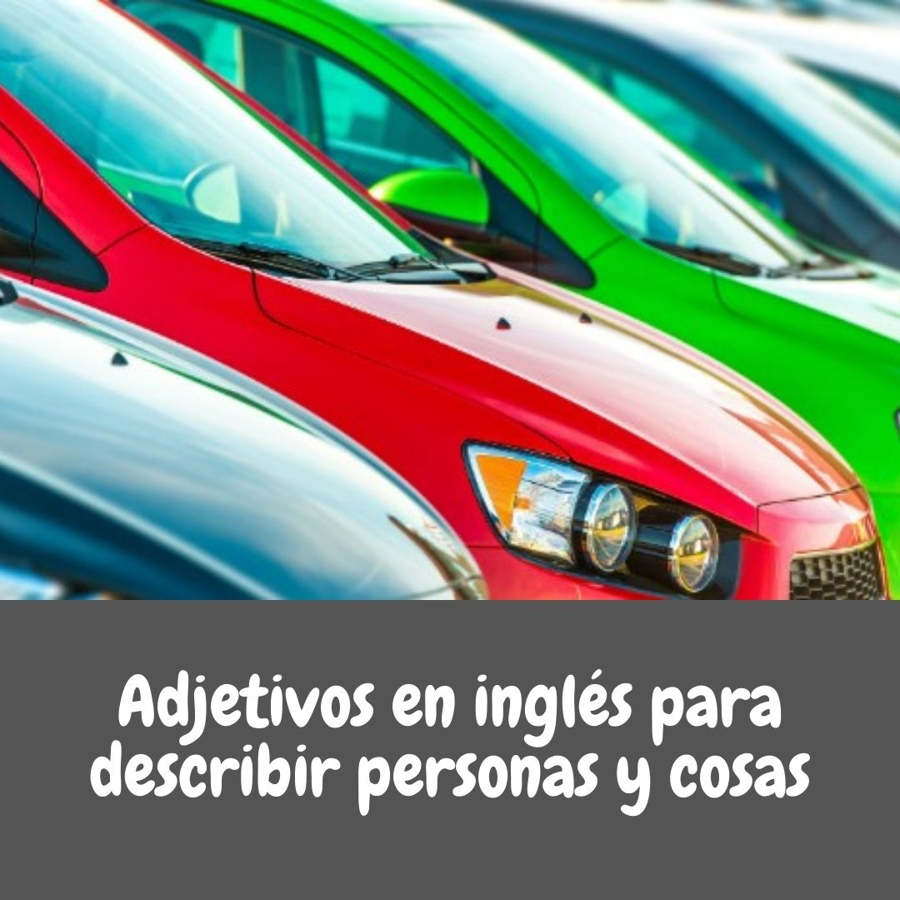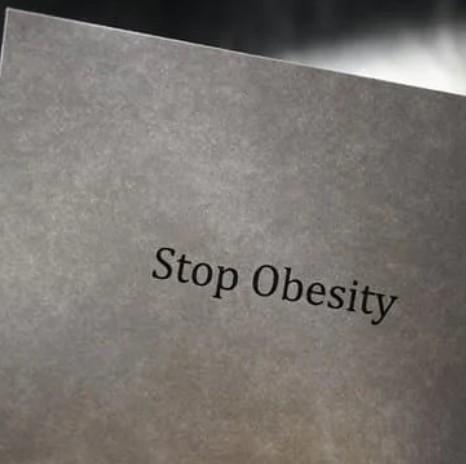
Riddles for Kids - Recursos educativos en inglés
Adivinanzas en inglés. Ideal para aprender inglés, con el vocabulario, practicando la pronunciación y mucho más, de una manera divertida.
Acertijos en inglés con respuestas
I’m your uncle’s brother,
But I’m not your uncle.
What am I?
Your father
-----
What is black when it’s clean and white when it’s dirty?
A chalkboard
-----
What gets bigger when more is taken away?
A hole
-----
I’m light as a feather, yet the strongest person can’t hold me for five minutes. What am I?
Your breath
-----
My hands are black,
My face is pale.
My head is hanging on a nail.
What am I?
A clock
-----
It is on your head,
And under your hat.
What is it?
Your hair
-----
What is always in front of you but can’t be seen?
The future
-----
There’s a one-story house in which everything is yellow. Yellow walls, yellow doors, yellow furniture. What color are the stairs?
There aren’t any—it’s a one-story house.
-----
What can you break, even if you never pick it up or touch it?
A promise
-----
What goes up but never comes down?
Your age
-----
Riddle: I follow you all the time and copy your every move, but you can’t touch me or catch me. What am I?
Your shadow
-----
What has many keys but can’t open a single lock?
A piano
-----
What can you hold in your left hand but not in your right?
Your right elbow
-----
A man who was outside in the rain without an umbrella or hat didn’t get a single hair on his head wet. Why?
He was bald.
-----
It is round and yellow,
It is like a ball of fire.
It rises in the east,
It sets in the west.
What is it?
The sun
-----
I can fly but I haven’t got wings.
What am I?
Time
-----
I always come down,
But never go up.
What am I?
The rain
-----
Tall and thin,
Red within,
Nail on top,
And there it stops.
What is it?
A finger
-----
I am between mountain and valley.
What am I?
The word “and”
-----
What has to be broken before you can use it?
An egg
-----
What has one eye, but can’t see?
A needle
------
What has many needles, but doesn’t sew?
A Christmas tree
------
What has hands, but can’t clap?
A clock
-----
What has one head, one foot and four legs?
A bed
I’m tall when I’m young, and I’m short when I’m old. What am I?
A candle
-----
What month of the year has 28 days?
All of them
-----
What is full of holes but still holds water?
A sponge
-----
What question can you never answer yes to?
Are you asleep yet?
-----
What three numbers, none of which is zero, give the same result whether they’re added or multiplied?
One, two and three
-----
Three doctors said that Bill was their brother. Bill says he has no brothers. How many brothers does Bill actually have?
None. He has three sisters
-----
Two fathers and two sons are in a car, yet there are only three people in the car. How?
They are a grandfather, father and son
-----
A man describes his daughters, saying, “They are all blonde, but two; all brunette but two; and all redheaded but two.” How many daughters does he have?
Three: A blonde, a brunette and a redhead
-----
A girl has as many brothers as sisters, but each brother has only half as many brothers as sisters. How many brothers and sisters are there in the family?
Four sisters and three brothers
-----
If you’ve got me, you want to share me; if you share me, you haven’t kept me. What am I?
A secret
-----
I have lakes with no water, mountains with no stone and cities with no buildings. What am I?
A map
-----
The person who makes it has no need of it; the person who buys it has no use for it. The person who uses it can neither see nor feel it. What is it?
A coffin
-----
What goes through cities and fields, but never moves?
A road
-----
What is so fragile that saying its name breaks it?
Silence.
-----
A man calls his dog from the opposite side of the river. The dog crosses the river without getting wet, and without using a bridge or boat. How?
The river was frozen.
-----
What can fill a room but takes up no space?
Light
-----
If you drop me I’m sure to crack, but give me a smile and I’ll always smile back. What am I?
A mirror
-----
What five-letter word becomes shorter when you add two letters to it?
Short
-----
A word I know, six letters it contains, remove one letter and 12 remains. What is it?
Dozens
-----
You see me once in June, twice in November and not at all in May. What am I?
The letter “e”
-----
Two in a corner, one in a room, zero in a house, but one in a shelter. What is it?
The letter “r”
🔆 También te puede interesar:

Adblock test (Why?)








